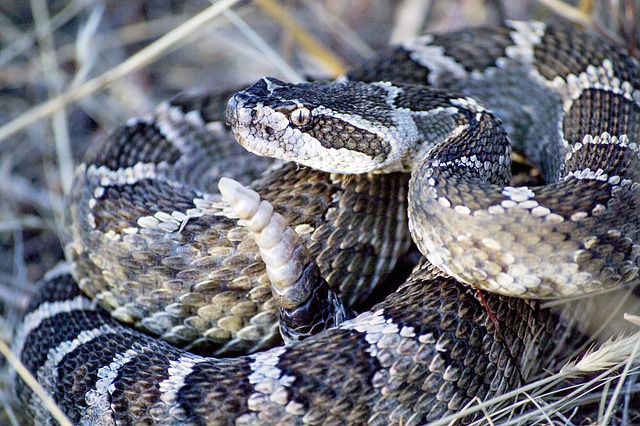What Is Venom and Antivenom?

There are over 3000 species of snakes worldwide, and around 600 of those are venomous. Snakes use venom as a self-defense mechanism, to weaken their prey, and as a digestion aid. About 100,000 people a year die from a venomous snake bite. With quick access to antivenom, snake bite victims have almost a 100% chance of survival. There are three types of toxins in snake venom, which affect the body differently. A few snake species have more than one type of venom.
Types of Venom
Neurotoxic Venom: This venom affects the brain and nervous system. Neurotransmitters transmit information across your nerve cells. Some neurotoxic venom can overstimulate neurons, resulting in muscle spasms. However, other types of nerotoxins have the opposite effect, and they block the nerve impulses. This can cause muscle paralysis, as well as a lowered heart rate. Some snakes with neurotoxic venom include some species of rattlesnake, cobra, and the coral snake.
Hemotoxic Venom: This venom affects the cardiovascular system and heart by destroying red blood cells and disrupting clotting agents in the blood. This type of venom damages the tissue, as well as the blood. Loss of limbs may occur. As far as why snakes use it (including Boomslangs), this toxin helps kill the prey but also aids in digestion by breaking down the proteins in tissue. Death by this type of toxin is much slower than that of neurotoxins. Snakes may have to track its fleeing prey until the animal stops, due to shock from the bite.
Cytotoxic Venom: This type of venom affects the bite area, and causes pain and swelling almost immediately after being bitten. As far as appearances go, this may be the most outwardly gruesome bite to witness. The venom essentially eats away at the flesh and causes tissue damage. If death occurs, it is from shock. Snakes with this type of venom include spitting cobras and puff adders.
How Is Antivenom Made?
Acquiring antivenom, as you could imagine, is not exactly the safest profession. Albert Calmette discovered that when an animal, such as a horse, is injected with a small amount of venom, it will produce antibodies. If you extract the blood with these antibodies and inject it into a snake bite victim, it will stop the progression of the venom. Professionals milk venomous snakes into viles. However, the amount of venom extracted from each milking is very small, and snake handlers must milk a snake many times to get a useful amount. Scientists then cool, freeze-dry, and label the venom. Chemists measure and mix the solution before injecting it into animals. Horses are typically used, along with donkeys, goats, and sheep. At about eight to ten weeks, the animal’s blood is taken, purified, and separated from the (now) antivenom.
If bitten by a venomous snake, don’t wait it out. Venom works quickly, and the sooner you are administered antivenom the better! Because the process to produce antivenom is difficult, a snake bite can get expensive. Speak with your insurance agent about if you have snake bite coverage.
Get affordable health insurance quotes by clicking here.

